Top 10 Tallest Buildings in the World
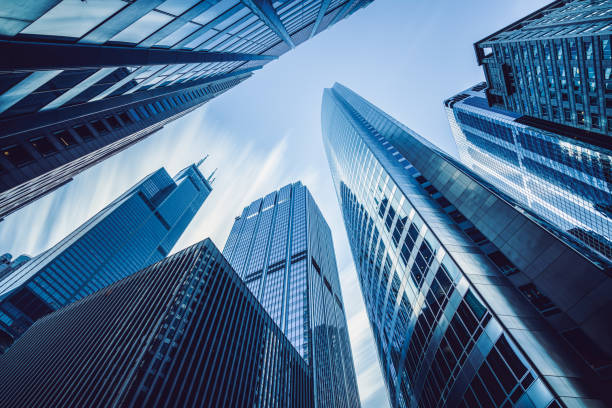
Skyscrapers have always fascinated people, and we all want to know which one is the tallest in the world. From the Burj Khalifa in Dubai to the TAIPEI 101 in Taiwan, this blog takes a look at the top 10 tallest buildings in the world, with interesting facts about each one.
The race to build the tallest building in the world has been going on for over a century. Skyscrapers are an architectural marvel, representing man’s desire to reach new heights, both literally and figuratively. Here’s a list of the 10 tallest buildings in the world, as of 2023, along with some interesting facts about them.
1. Burj Khalifa, Dubai, UAE

Standing tall at a height of 828 meters (2,717 feet), the Burj Khalifa is the world’s tallest building. It has held this title since its completion in 2010. The building has a total of 163 floors and is designed in the shape of a Y-shaped floor plan. It also holds the records for the world’s highest observation deck, highest nightclub, and the tallest elevator service.
2. Shanghai Tower, Shanghai, China
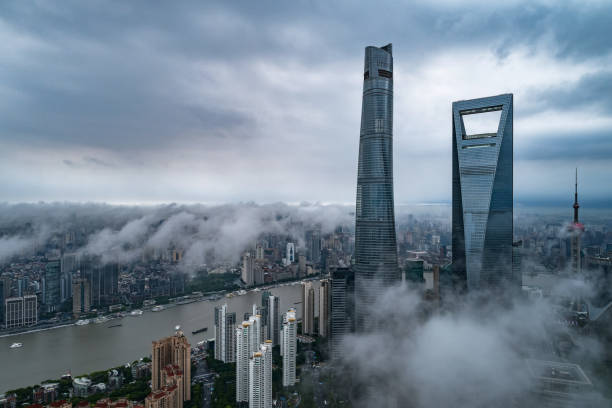
The Shanghai Tower stands at a height of 632 meters (2,073 feet) and has 128 floors. It was completed in 2015 and is currently the tallest building in China. The building’s unique design allows it to withstand earthquakes and high winds, thanks to a series of tapered steel tubes that surround the building’s core.
3. Abraj Al Bait Clock Tower, Mecca, Saudi Arabia
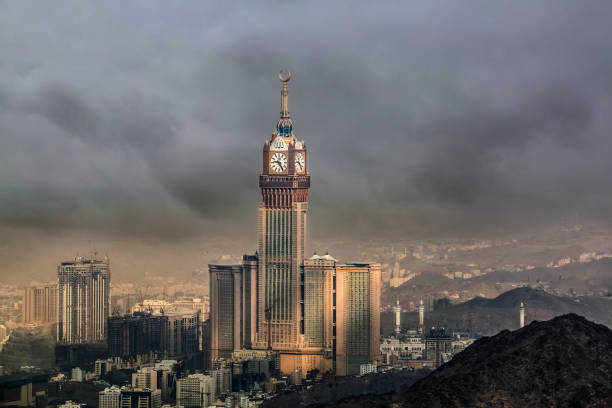
Completed in 2012, the Abraj Al Bait Clock Tower stands at a height of 601 meters (1,971 feet) and has 120 floors. It is located in Mecca, Saudi Arabia, and is part of the Abraj Al Bait complex, which also includes several other buildings. The tower’s clock face is the largest in the world, measuring 43 meters (141 feet) in diameter.
4. Ping An Finance Center, Shenzhen, China
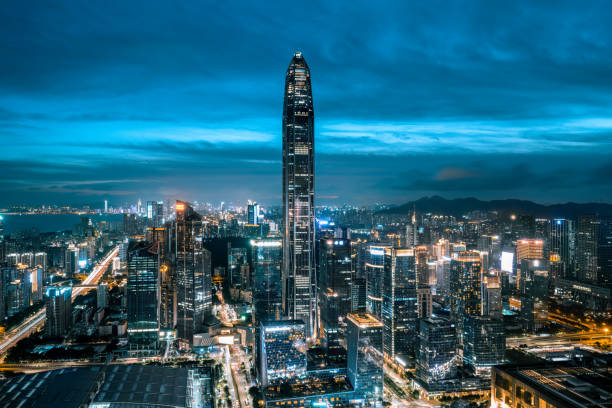
Standing at a height of 599 meters (1,965 feet), the Ping An Finance Center is the fourth tallest building in the world. It has 115 floors and was completed in 2017. The building is designed to be energy efficient, with a double-skin façade that reduces the amount of sunlight and heat that enters the building.
5. Lotte World Tower, Seoul, South Korea
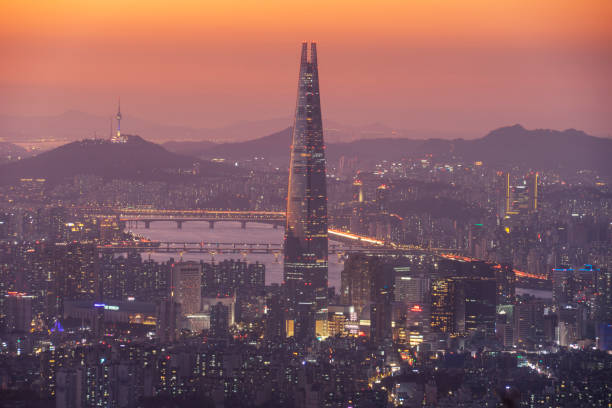
Completed in 2017, the Lotte World Tower stands at a height of 555 meters (1,819 feet) and has 123 floors. The tower is located in Seoul, South Korea, and features a shopping mall, offices, a hotel, and an observation deck.
6. One World Trade Center, New York City, USA
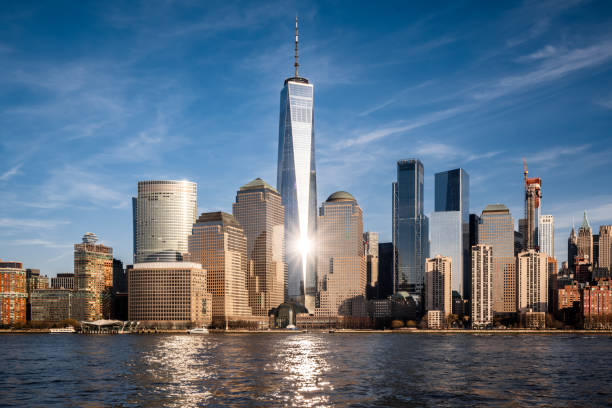
Completed in 2013, One World Trade Center stands at a height of 541 meters (1,776 feet) and has 104 floors. It is the tallest building in the Western Hemisphere and was built to replace the original World Trade Center that was destroyed in the 9/11 terrorist attacks.
7. Guangzhou CTF Finance Centre, Guangzhou, China
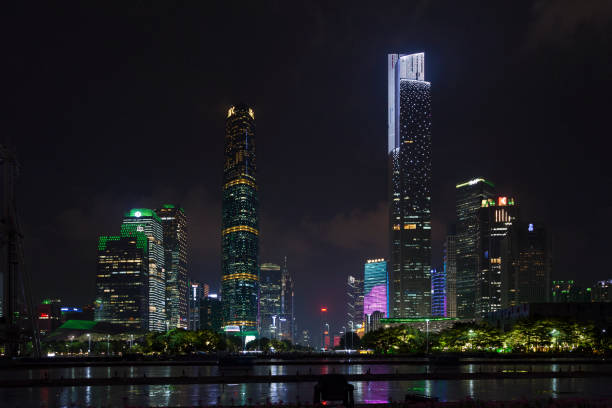
The Guangzhou CTF Finance Centre stands at a height of 530 meters (1,740 feet) and has 111 floors. Completed in 2016, it is the seventh tallest building in the world. The building’s design is inspired by the form of a Chinese jade disc.
8. Tianjin CTF Finance Centre, Tianjin, China
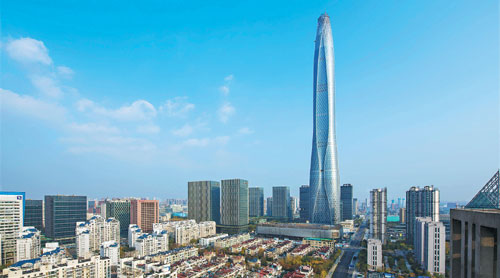
Standing at a height of 530 meters (1,740 feet), the Tianjin CTF Finance Centre has 98 floors and was completed in 2018. The building is designed to be energy efficient and features a double-skin façade that helps to reduce its carbon footprint.
9. CITIC Tower, Beijing, China
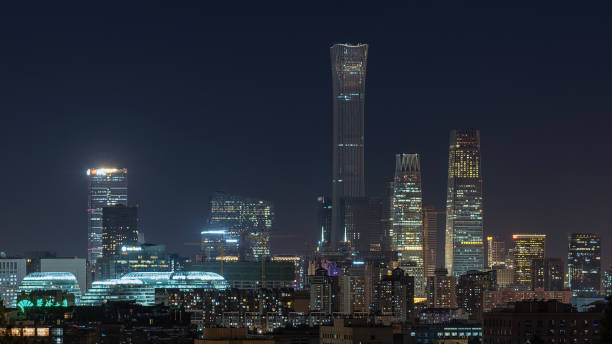
The CITIC Tower stands at a height of 528 meters (1,732 feet) and has 108 floors. It was completed in 2018 and is located in the central business district of Beijing. The building features an unusual façade design, with a series of angled blades that run up the sides of the building.
10. TAIPEI 101, Taipei, Taiwan
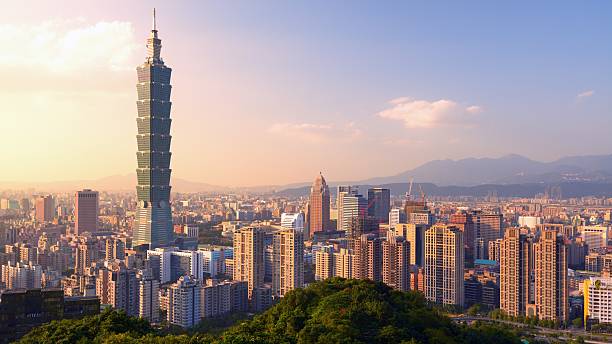
Completed in 2004, the TAIPEI 101 stands at a height of 508 meters (1,667 feet) and has 101 floors. It was the world’s tallest building until the completion of the Burj Khalifa in 2010. The building features a unique design that incorporates traditional Chinese motifs, such as the pagoda, with modern engineering techniques.
Conclusion
In conclusion, the race to build the tallest building in the world is ongoing, and we can expect to see even taller structures in the future. These buildings are not just feats of engineering and architecture but also serve as symbols of human ingenuity and progress.

